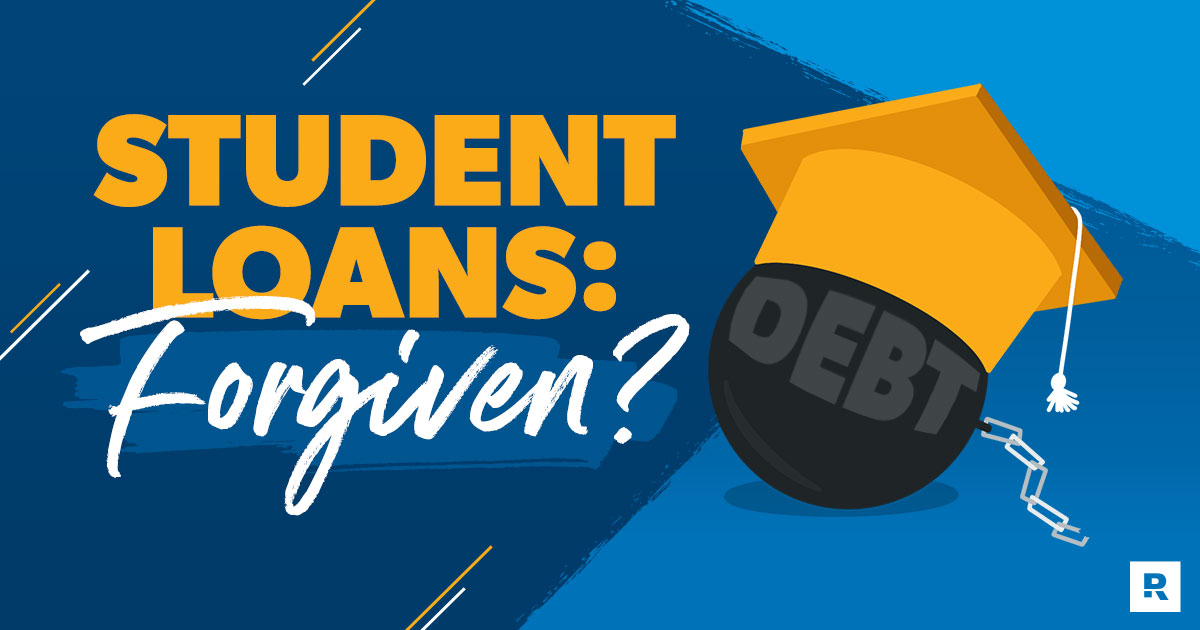Understanding Parent PLUS Loans
Parent PLUS loans are a financial aid option provided by the U.S. Department of Education. These loans are designed for parents of undergraduate students to help cover college expenses. Unlike student loans, the repayment responsibility falls entirely on the parent borrower.
Parent PLUS loans can be a useful tool for families that need additional financial support. However, repaying these loans can be challenging. That’s why understanding Parent PLUS Loan Forgiveness options is crucial for parents looking to manage or eliminate their debt.
Who Can Apply for a Parent PLUS Loan?
To qualify for a Parent PLUS Loan, the borrower must be the biological or adoptive parent of a dependent undergraduate student. A stepparent may also be eligible if they are legally married to the student’s parent. Grandparents and legal guardians, however, do not qualify.
Before applying, parents should complete the Free Application for Federal Student Aid (FAFSA) to determine eligibility and borrowing limits. The maximum loan amount a parent can borrow is the cost of attendance minus other financial aid received by the student.
Parent PLUS Loan Forgiveness Programs for 2025
With rising education costs, many parents seek relief through loan forgiveness programs. The following options may help reduce or eliminate Parent PLUS loan debt:
1. Public Service Loan Forgiveness (PSLF)
Parent PLUS Loan Forgiveness under the PSLF program is available to parents working in qualifying public service jobs. These jobs include positions in government, military service, and non-profit organizations. To be eligible:
- The borrower must work full-time for a qualifying employer.
- They must make 120 qualifying monthly payments under an eligible repayment plan.
- Loans must be consolidated into a Direct Consolidation Loan to qualify for PSLF.
Once these conditions are met, the remaining balance of the loan is forgiven. This is one of the most beneficial programs available.
2. Income-Contingent Repayment (ICR) Plan
The ICR plan is the only income-driven repayment plan available for Parent PLUS loans. However, parents must first consolidate their loan into a Direct Consolidation Loan before enrolling in ICR.
- Payments are capped at 20% of discretionary income or based on a 12-year fixed repayment plan.
- After 25 years of qualifying payments, any remaining balance is forgiven.
- Parents may need to provide annual income verification.
This plan helps parents manage their monthly payments while working toward Parent PLUS Loan Forgiveness.
3. Temporary Expanded PSLF (TEPSLF)
Many borrowers have faced rejection for PSLF due to being on the wrong repayment plan. TEPSLF provides an opportunity for those borrowers to qualify. To be eligible, parents must have:
- Applied for PSLF and been denied.
- Worked in qualifying public service jobs.
- Made payments under any repayment plan that meets TEPSLF criteria.
If approved, borrowers receive Parent PLUS Loan Forgiveness, clearing their remaining balance.
4. State-Sponsored Loan Forgiveness Programs
Many states offer forgiveness programs for Parent PLUS loans, especially for professionals in education, healthcare, and law enforcement. Parents should check their state’s financial aid office for details on Parent PLUS Loan Forgiveness options.
Alternative Ways to Manage Parent PLUS Loan Debt
Even if forgiveness is not an option, parents can explore alternatives to ease the financial burden:
1. Refinancing Parent PLUS Loans
Refinancing involves taking a new private loan with a lower interest rate to pay off the existing Parent PLUS loan. While this can reduce monthly payments, refinancing removes federal protections such as Parent PLUS Loan Forgiveness, income-driven repayment options, and deferment.
2. Deferment and Forbearance
Parents facing financial hardship may qualify for:
- Deferment: Payments are paused, but interest continues to accrue.
- Forbearance: Payments are temporarily stopped or reduced for a limited time.
These options provide short-term relief but can increase the total amount repaid.
3. Loan Consolidation
Direct Consolidation Loans allow parents to combine multiple Parent PLUS loans into one loan. This can simplify repayment and grant access to Parent PLUS Loan Forgiveness programs like PSLF and ICR.
Applying for Parent PLUS Loan Forgiveness
Applying for loan forgiveness depends on the program. Here’s a step-by-step guide:
- Verify Eligibility – Confirm employment and repayment history meet forgiveness criteria.
- Submit Documentation – PSLF applicants must submit the Employment Certification Form annually.
- Monitor Payments – Use Federal Student Aid tools to track qualifying payments.
- Apply for Forgiveness – Once eligible, submit an official request for Parent PLUS Loan Forgiveness through your loan servicer.
Parent PLUS Loan Interest Rates in 2025
Interest rates for Parent PLUS loans change annually. The latest rate for loans disbursed from July 1, 2025, to June 30, 2026, will be announced by the U.S. Department of Education. As of 2024, the interest rate is 9.08%, but borrowers should stay informed about updates that may impact repayment.
Common Questions About Parent PLUS Loan Forgiveness
Can Parent PLUS Loans Be Transferred to the Student?
No, Parent PLUS loans cannot be transferred to the student. The parent borrower is legally responsible for repayment. However, some private lenders allow refinancing options that transfer the debt to the student if they qualify.
What Happens If the Borrower Passes Away?
If the parent borrower or the student dies, the Parent PLUS loan is discharged, meaning it does not need to be repaid.
Can I Combine Parent PLUS Loans With My Own Student Loans?
No, Parent PLUS loans and student loans cannot be consolidated together. However, parents can consolidate multiple Parent PLUS loans into a single Direct Consolidation Loan.
How Can I Lower My Parent PLUS Loan Payments?
Parents can lower payments by enrolling in an Income-Contingent Repayment plan, refinancing, or extending the loan term through consolidation.
Final Thoughts
Managing Parent PLUS Loan Forgiveness options requires careful planning. Whether through PSLF, ICR, TEPSLF, or state-based programs, understanding the available choices can significantly reduce financial stress. Parents should explore all possible repayment strategies to minimize the burden of education loans. Staying informed and proactive will help borrowers navigate their repayment journey in 2025 and beyond.
Also Read: Exploring Waters CryptoProNetworkCom: The Future of Blockchain in 2025
